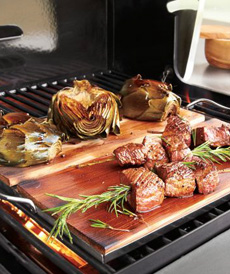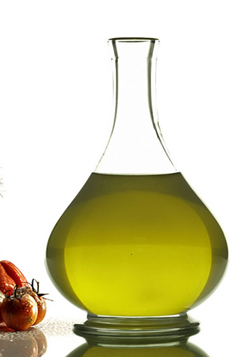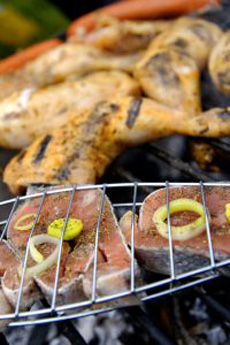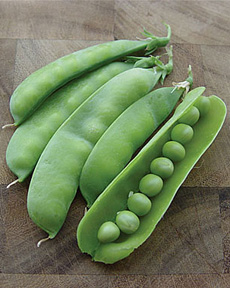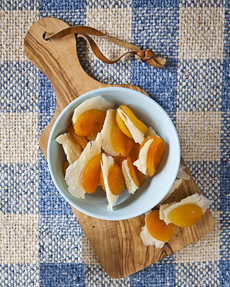
Dried apricot and Parmesan “sandwiches.”
You can sandwich almost any cheese
between the fruit. Photo courtesy
ParmigianoReggiano.com | FB. |
|
Fruit and cheese is a popular dessert in Europe’s best foodie countries, including France and Italy. But you don’t need to put together a platter. We found this quick idea on the Parmigiano Reggiano Facebook page.
Make fruit and cheese “bites.” Stuff dried apricots, fresh or dried figs or other dried or fresh fruits with a piece of cheese—with anything from creamy goat cheese to salty, tangy Parmigiano Reggiano.
These suggestions from EatWisconsinCheese.com provide pairing ideas along with drink ideas beyond the conventional beer, red or white wines most people serve with cheese:
Soft-Fresh Cheeses
Cheeses: Chevre, Feta, Mascarpone, Ricotta
Fruits: Figs (fresh, dried or stewed), Fresh Peaches, Plums
Garnishes: Pistachios, Toasted Almonds or Walnuts*, Fruit Jam
Drinks: Chenin Blanc, Green Tea
*Raw nuts have a slight bitterness. The best way to serve nuts with cheese is toasted or candied/caramelized. Almonds, pecans, hazelnuts, pine nuts, pistachios and walnuts go best with cheese.
|
Soft-Ripened Cheeses
Cheeses: Brie, Camembert, Other Double Crèmes
Fruits: Dried Apricots
Garnishes: Dried Cherries or Cranberries
Drinks: Cherry Kriek, Kir Royale, Lillet (fortified wine)
Blue Cheeses
Cheeses: Cabrales, Danish Blue, Gorgonzola, Roquefort
Fruits: Dried Apricots, Figs (fresh or dried, or any dried fruit), Stone Fruit, Apples
Garnishes: Caramelized Hazelnuts or Walnuts, Dried Cherries or Cranberries, Honey, Fruit Jam, Membrillo, Toasted Almonds
Drinks: Chocolate Stout, Gin Gibson
|
Semisoft Cheeses
Cheeses: Fontina, Havarti, Monterey Jack, Muenster
Fruits: Apples, Pears (fresh, dried or spiced and preserved), Quince
Garnishes: Toasted Hazelnuts or Walnuts, Tomato Jam, Vegetable Tapanade
Drinks: Gewürtztraminer, Kirsch Royale (with Champagne)
Hispanic Cheeses
Cheeses: Asadero, Cotija, Queso Bresco
Fruits: Dried Apricots or Figs
Garnishes: Toasted Nuts
Drinks: Cava, Mead (honey wine), Mexican Beer
Semihard Cheeses
Cheeses: Cheddar, Edam, Gouda
Fruits: Dried Apricots, Honeycrisp Apples, Pears
Garnishes:Caramelized or Toasted Nuts, Jams/Compotes (apricot, blueberry, fig, quince)
Drinks: Ale (especially fall’s spiced ales), Riesing, Small Batch Bourbon, Sparkling Cider
Alpine/Swiss Cheeses
Cheeses: Comté, Gruyère, Emmenthaler
Fruits: Any Dried Fruit
Garnishes: Toasted Nuts
Drinks: Lambic, Manhattan Cocktail
|
|

Fresh figs with Comté wraps. Photo courtesy Comté USA | FB.
|
Hard Cheeses
Cheeses: Asiago, Grana Padano, Manchego, Parmigiano-Reggiano, Romano
Fruits: Dates, Figs (fresh or dried)
Garnishes: Fig Jam, Honey, Membrillo, Toasted Almonds or Marcona Almonds
Drinks: Sparkling Prosecco, Nebbiolo
MORE ABOUT CHEESE
Check out our delicious Cheese Glossary and much more about gourmet cheeses.
|
|
